One might imagine that the vast prairies of the middle western United States have always been there, but in the geological time scale they are relatively new, the product of global warming. The last glacial period reached its peak only about 18,000 years ago. Ice covered most of Canada and extended down into what are now the north Atlantic states and south to around the Ohio River in the Midwest.
Studies of the age and species of pollen collected at nearby Nelson Lake provide an interesting picture of the history of the prairie. As the ice receded over the next 2,000 years the area around my second home in Illinois resembled present-day Arctic tundra, covered by low-lying sedges and scattered evergreen trees. Humans crossed over to North America from Asia via the land bridge before the oceans rose to separate the continents.
Spruce forests then proliferated over the next 5000 years. The soil remained moist, favoring hardwoods such as ash and elm that began replacing the evergreens. About 11,000 years ago, as rainfall diminished, oak and hickory appeared, and the pollen record indicates that grasslands developed in forest openings. Beginning around 6,500 years ago, with the onset of a 3,000 year dry period, lightning-caused fires greatly enlarged the grasslands as they flourished and evolved into the landscape that greeted the first European settlers. Following this, as prairie was tilled and forests were cleared, exotic plant pollens appeared. Native grasses and plants declined.
A view of the old silo and restored tall grass prairie at the east entry of the Nelson Lake Marsh/Dick Young Forest Preserve, Kane County, Illinois. Ahead, a woodland borders the east shore of the lake.
There are wetlands along the southern and western edges of the lake, as well as in several potholes.
Prairies extend to the north and west of the lake. These 800 acres of former crop and grazing lands are actively managed by mowing and controlled burns to restore them as nearly possible to their original condition. In fall the grass turns a golden brown and is a rich source of seeds for overwintering wildlife.
Over the course of the seasons, the diverse habitat attracts a stunning variety of bird species, from the large…
…to the small.
Sandhill Cranes breed in the wetlands.
A Cooper’s Hawk soars overhead. The prairie suddenly falls silent.
Sparrows are among my favorite photographic subjects. Catching them out in the open and in good light requires patience (and I must admit that at my age I don’t mind the opportunity to rest a bit while I wait). Several species of sparrows breed in the grasslands and marginal savannahs. Song Sparrows are most abundant.
Savannah Sparrows often forage on the trails.
Tiny Grasshopper Sparrows are less often seen out in the open. Their numbers seem to depend upon the availability of short grass in areas that had been recently mowed or burned.
A few Henslow’s Sparrows breed in the prairie in small clusters.
The habitat requirements of this threatened species are very demanding, as they will not build a nest in a recently cleared area. Henslow’s Sparrows select nesting areas that have a couple of years of dead grass litter accumulated on the ground. They abandon the site after two or three years, when taller weeds and saplings start invading. They also require an expanse of tall grass prairie surrounding their breeding areas, and will not nest in fragmented habitat.
Henslow’s Sparrows are more often heard than seen, as they sneak through the grass like mice. They look as if they are putting great effort into their song, which comes out sounding like little more than a squeak. (Coincidentally, Henslow’s Sparrow has just been featured as ABA Bird of the Week!)
Field Sparrows prefer the woody edges of the prairies.
Swamp Sparrows build their nests in the marshes.
When I took the following photo back in October, 2010 I thought it was my first (and only) Clay-colored Sparrow seen at Nelson Lake. Thanks to an alert reader, I realize that it is actually another Swamp Sparrow. Its dark “mask” and impression of a clear breast, along with the fact that it was in a thicket out in the dry prairie made me jump to a hasty conclusion. Additional photos that may be viewed on my FLICKR site suggest a reddish color in its cap and wings, a bright white throat that contrasts with a faintly streaked upper breast, all characteristics of the Swamp Sparrow.
Chipping Sparrows are most commonly found in the woodlands.
Among the non-breeding sparrows, I have seen a few Lincoln’s Sparrows.
White-crowned Sparrows invade as winter approaches, and stay until spring. (This photo is my favorite of the species. I took it in Alaska. All the other images are from the Nelson Lake area.)
White-throated Sparrows favor the shrubby margins of the woodlands.
Fox Sparrows can be elusive, rummaging through the ground litter or hiding in the trees.
Now take a good look at this– will you ever again call sparrows just LBJs*?
* “Little Brown Jobs”– NOT
Search archives of ROSYFINCH.COM
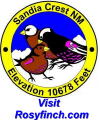




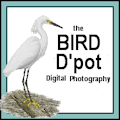

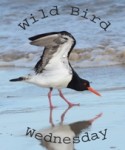





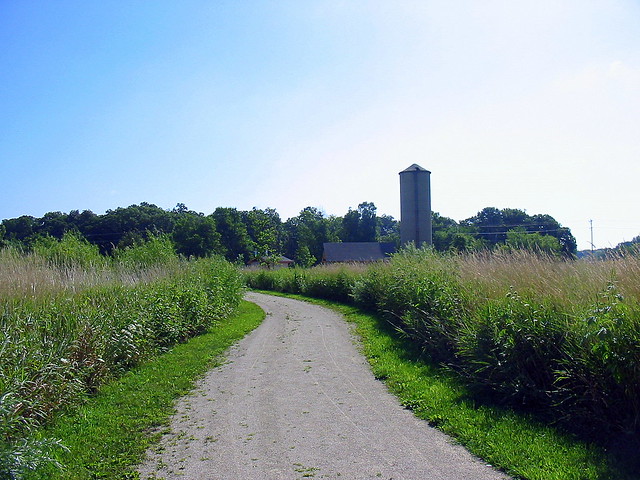
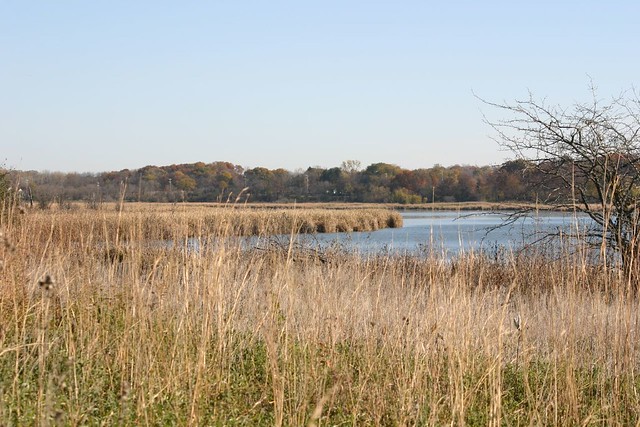

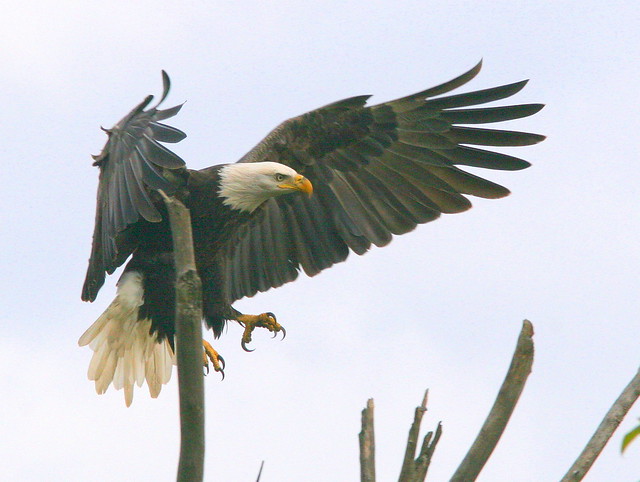


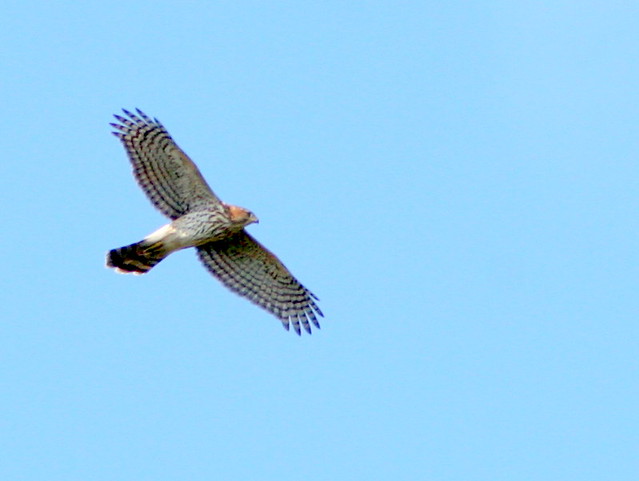







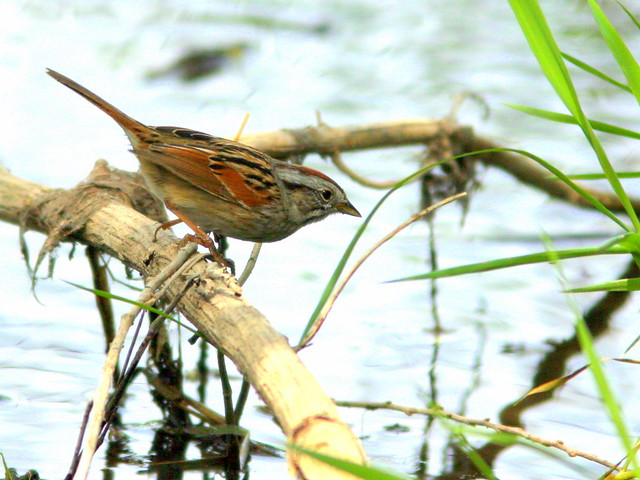

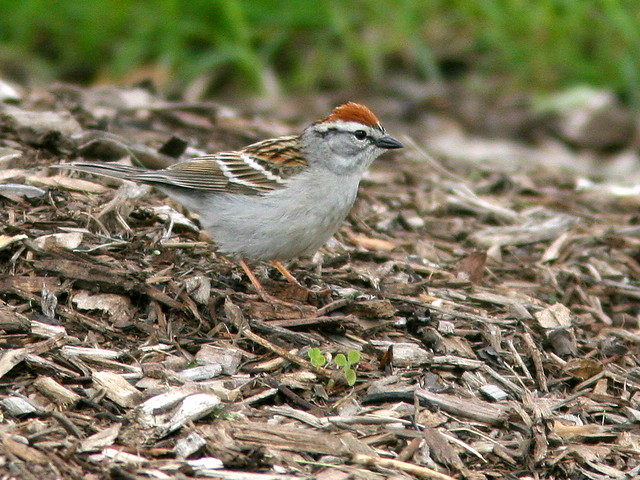
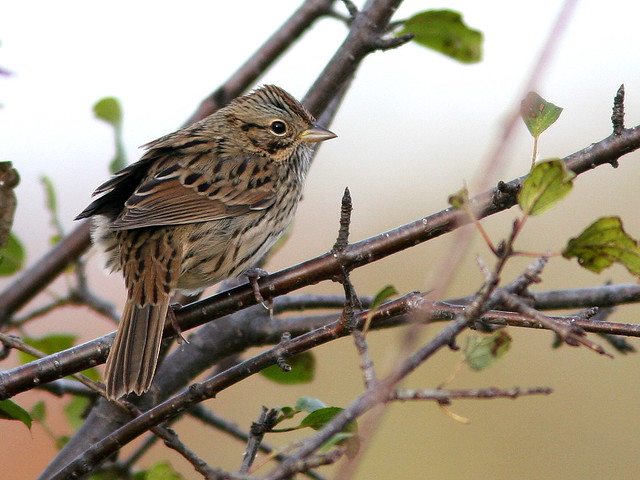
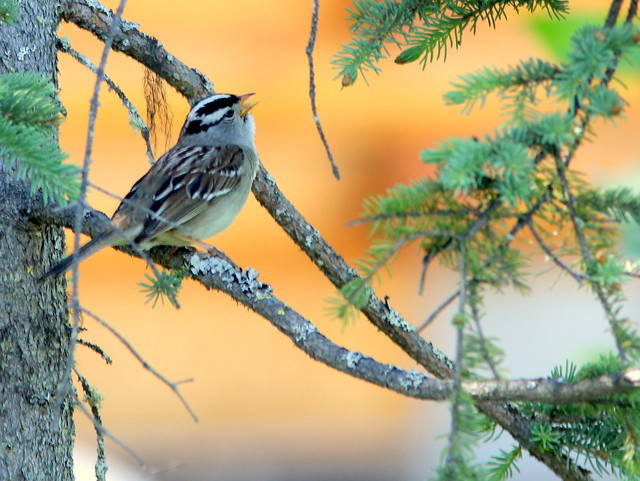


August 7th, 2012 at 10:01 am wow! you presented some beautiful portraits! i love sparrows, too. maybe not as flashy, but very intricate in their feather designs. :)
August 7th, 2012 at 12:47 pm Great post!!! Nice birds!
August 7th, 2012 at 12:55 pm WAU - where some amazing birds you have “shot” - if one can safely say that your patience gave good yields (some good pictures) Hanne Bente
August 7th, 2012 at 1:29 pm Never did!! Sparrows are among my favourites. Great job!! Boom & Gary of the Vermilon River, Canada.
August 7th, 2012 at 1:53 pm Very interesting photos of the tall grass prairies which I had read about. A great series of bird photos - but all those sparrows are so confusing!
August 7th, 2012 at 4:38 pm Awesome collection of sparrow photos, Ken! And the eagles shot is wonderful. Great post and photos.
August 7th, 2012 at 4:55 pm Wonderful shots of the many different sparrows. They are lovely little birds.
August 7th, 2012 at 9:02 pm Love the eagle and the hummingbird! Lots of fantastic shots here! Well done!
August 8th, 2012 at 11:20 am What stunning, stunning photos! Very nicely done.
August 8th, 2012 at 3:01 pm Wow, that realy is a Sparrow fest, lovely post with some stunning Sparrow species. I particularly like the Swamp Sparrow
August 9th, 2012 at 5:42 am What a great set of little (and a few big) birds - we dont have native sparrows - just once from the UK. I like them, but they are dull compared to these! Hope you can keep linking to WBW. Cheers - Stewart M - Australia
August 9th, 2012 at 8:54 am Nelson lake looks like THE place to see sparrows. This past year I have been trying to learn and ID more sparrows. Great post and photos!
August 12th, 2012 at 1:32 pm Thank you all, for dropping by and for your encouragement!
October 7th, 2012 at 11:27 pm Great photos and article about our local sparrow population.I bookmarked this page for reference for my sparrow identification. Thanks, Chuck C.